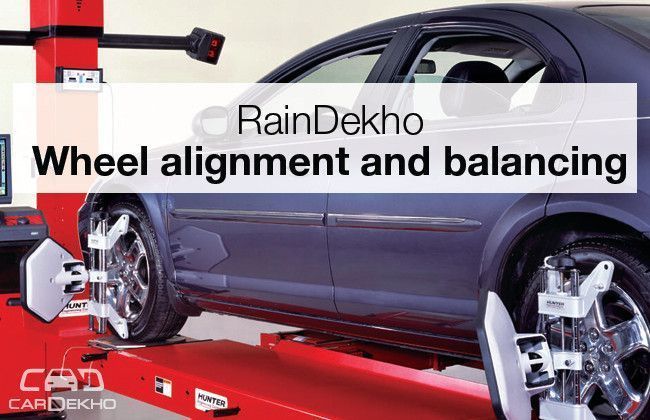Wipe away the troubles - Car Wipers and Maintenance
Modified On Aug 12, 2014 04:54 PM By Bala Subramaniam
- 1.7K Views
- Write a comment
Did you know that many accidents during monsoons happen because the driver couldn’t see properly through the water on the windshield at what was ahead on the road? And most of the times, causing them are worn out wipers that should have been replaced months or miles before. Here’s a quick showdown on the problems, tips and advice on how to maintain your wipers.

Common Wiper Problems
Streaking - This occurs when the rubber squeegee loses ability to clean efficiently when it dries, hardens or cracks. The streaking can also be caused when foreign substance such as dirt and other particles gets accumulated either in the squeegees or the glass.
Wearing - You cannot ignore it but with extensive use, the wiper blades tend to wear out. And when the rubber edges are rounded instead of squared, you know it’s time for a change.
Skipping - While overuse of the wipers can cause wear and tear, leave them unused and this is what you get. The wiper blades will develop a curvature from due to the lack of use and left in their default parked position for long periods of time.
Splitting - It is always sunny in our country and when the sun’s ultraviolet rays penetrate the rubber squeegee, it breaks down and separates from the frame making way for splitting.
Bent Frames also cause streaking or skipping due to the inconsistent contact with the glass surface.
Inspecting the wiper blades? Take note of these.
Corrosion - Where there’s metal, corrosion is to follow, especially at the joints and claws.
Cracks - Look out for visible cracks, wear and tear or the rubber squeegee missing any pieces.
Aged squeegee - Check the rubber squeegee to see if it is still flexible. Old age squeegees will have lost the ability to be flexible thus their ability to clean.
Round-edged Squeegees - Check the wiping edge of the squeegees for rounded edges. The rounded edge prevents the squeegees from making strong contact with the windshield for efficient cleaning. Also, tug to ensure wiper blade is securely installed on the wiper arm.
Broken frame - The frame arms at the joints and connection points of the wiper tend to detach or break due to wear and tear.
How to change the wipers?
While it is advisable to check and change the wipers when leaving your car for service, learning to change them yourself will be beneficial in case of emergencies. But before replacing the wipers, first you have to know which part you have to replace. Generally, wipers are made with three basic parts - lower wiper arm that extends from the base of the windshield, the metal blade attached to the lower arm and the rubber blade or squeegee that actually wipes the windshield. And most of the time you will be -changing only the rubber blades that get worn down by water and weather. Second, you have to know the exact size of the wiper blades. Measure and buy the exact length. Don’t make the mistake of buying the same size blade for both the sides as one side is often shorter than the other.
Now, here’s how to change the wiper blades:
First, let’s get rid of the old wiper blade. A small plastic stopper is what holds the rubber blade to the metal arm. Press the stopper and unhook the old wiper blade to get it off the metal arm. Some wipers may have pins. Also, make sure the wiper is held away away from the windshield during the entire process.
Then, insert the new wiper by sliding it into the same end of the arm where you pulled out the older one. Gently push it until the hook snaps into place to secure it and lay down the wiper back in its position.
Now, repeat the same procedure with the second wiper but make sure you use the correct size for each side.
Make sure you check your wipers once a month and get them replaced every six months. Drive safe.
0 out of 0 found this helpful








